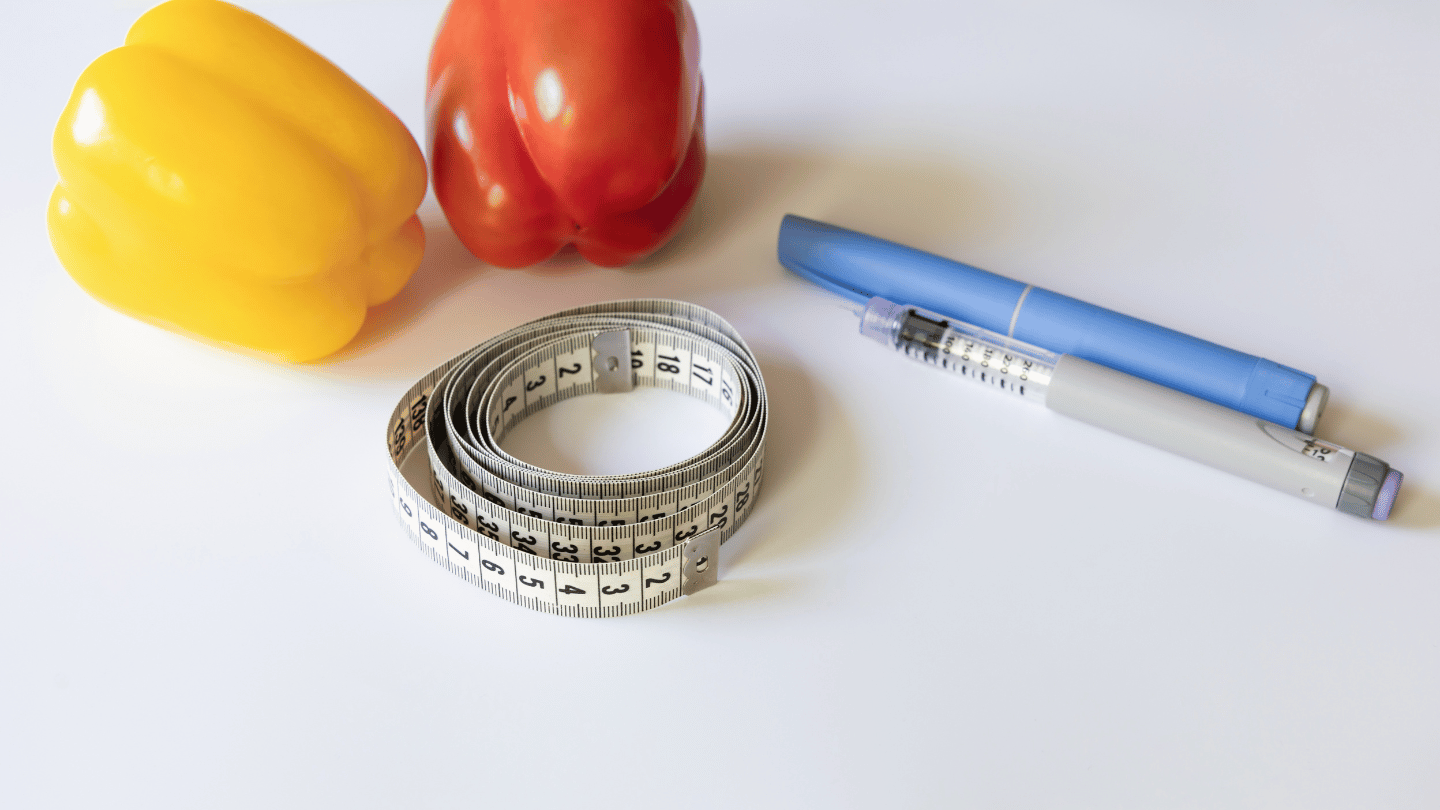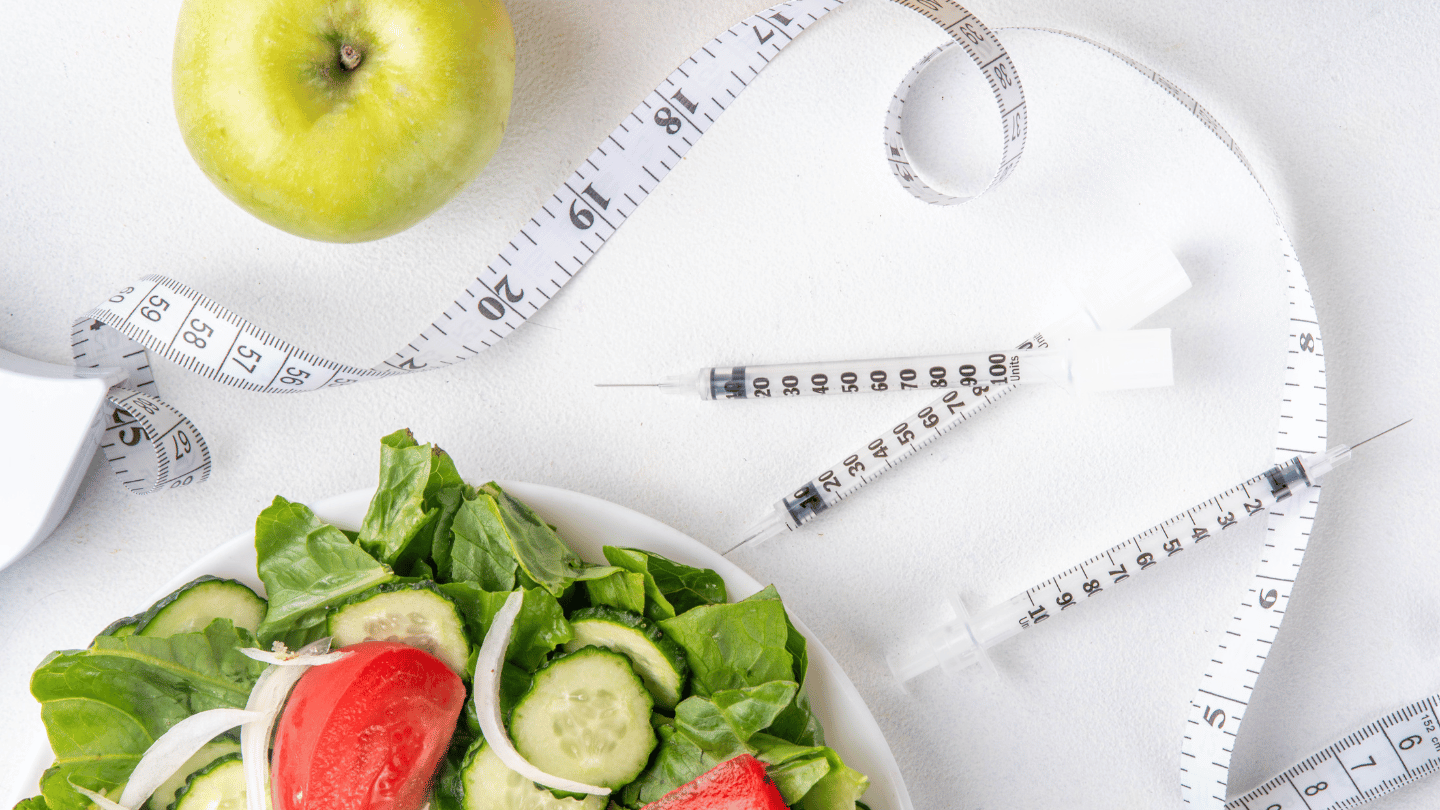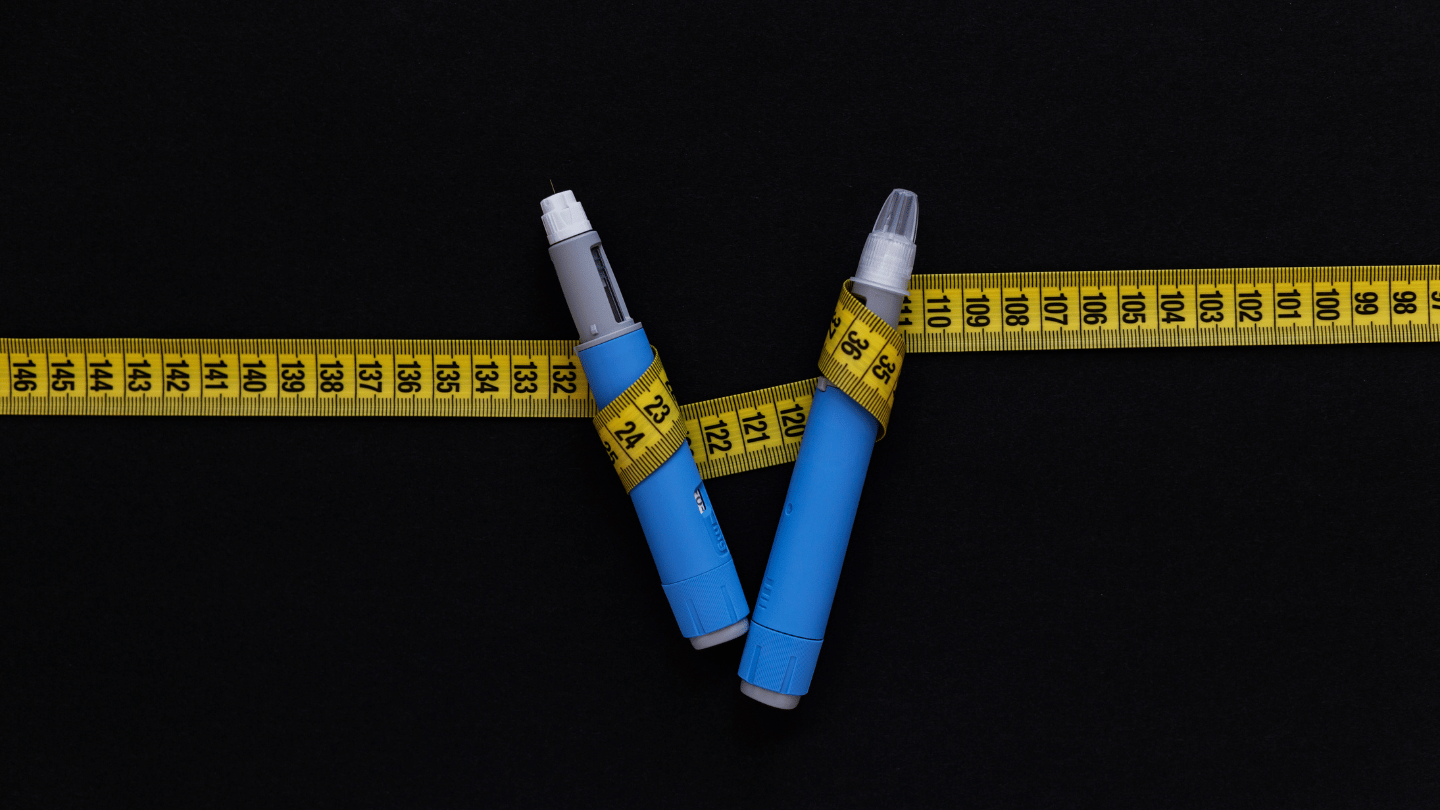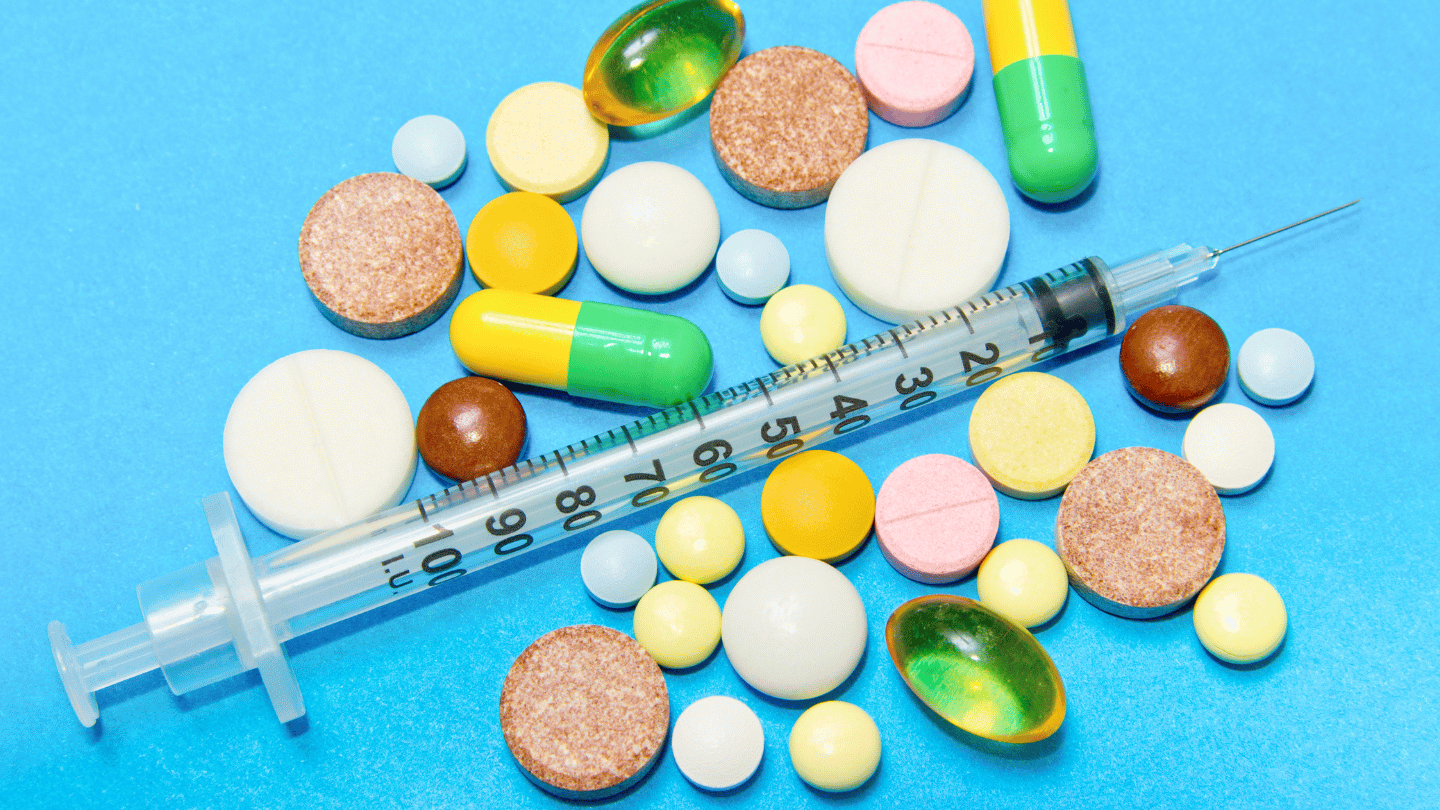Anemia literally means “having no blood,” but realistically, the term is applied only to red blood cells (RBCs) or erythrocytes. Anemia means falling short of the normal number of RBCs, having abnormally small RBCs, or having RBCs low in hemoglobin—the molecule that carries oxygen in RBCs. Have you ever wondered, ‘Do I have anemia?’ when you become lightheaded? Let’s find out.
Do I Have Anemia? What Are the Symptoms of Anemia?
RBCs perform the critical task of delivering oxygen throughout the body, so being anemic can cause fatigue and weakness. Patients can feel short of breath, dizzy, lightheaded, and have cold hands and feet. If the heart is not getting enough oxygen, it can beat irregularly and cause chest pain. Light-skinned individuals may appear pale or yellowish.
How is Anemia Diagnosed?
The way to diagnose anemia is with a blood test called a complete blood count, abbreviated CBC. This tells not only the number of RBCs but their size and amount of hemoglobin, as well as the number of various types of white blood cells (for fighting disease) and platelets (for forming blood clots). Here are the normal values for RBCs and hemoglobin:
- RBCs for Women: 3.92 to 5.13 million per microliter
- RBCs for Men: 4.35 to 5.65 million per microliter
- RBC Size Range: 6 to 8 micrometers in diameter
- Hemoglobin for Women: 12 or more grams/deciliter
- Hemoglobin for Men: 13 or more grams/deciliter
The number of RBCs, their size, and hemoglobin level can indicate what type of anemia is present and its probable cause:
- Small Red Blood Cells: Often caused by iron deficiency, but can also be caused by inflammation and a hereditary disease called thalassemia.
- Red Blood Cells with Low Hemoglobin Levels: Can be caused by vitamin B6 deficiency, iron deficiency, parasitic disease, chronic disease, certain drugs, and copper or lead poisoning.
- Abnormally Large Red Blood Cells: Can be due to vitamin B12 and B9 (folate) deficiency.
Where Can I Get Tested for Anemia?
You can order your own CBC online through QuickMD without a doctor’s appointment. A QuickMD doctor will then contact you, help you interpret it, and advise whether further investigation or treatment might be needed. The test can be done at any LabCorp in the US.
Do I Have Anemia? Get Professional Advice with QuickMD
For personalized medical advice and to get tested for anemia, QuickMD’s telemedicine urgent care services are here to help. Consult with a QuickMD provider today to understand your symptoms and get the necessary tests and treatments.
Concerned about anemia? Visit QuickMD today to schedule your telemedicine appointment and get expert guidance on diagnosing and managing anemia effectively.
















